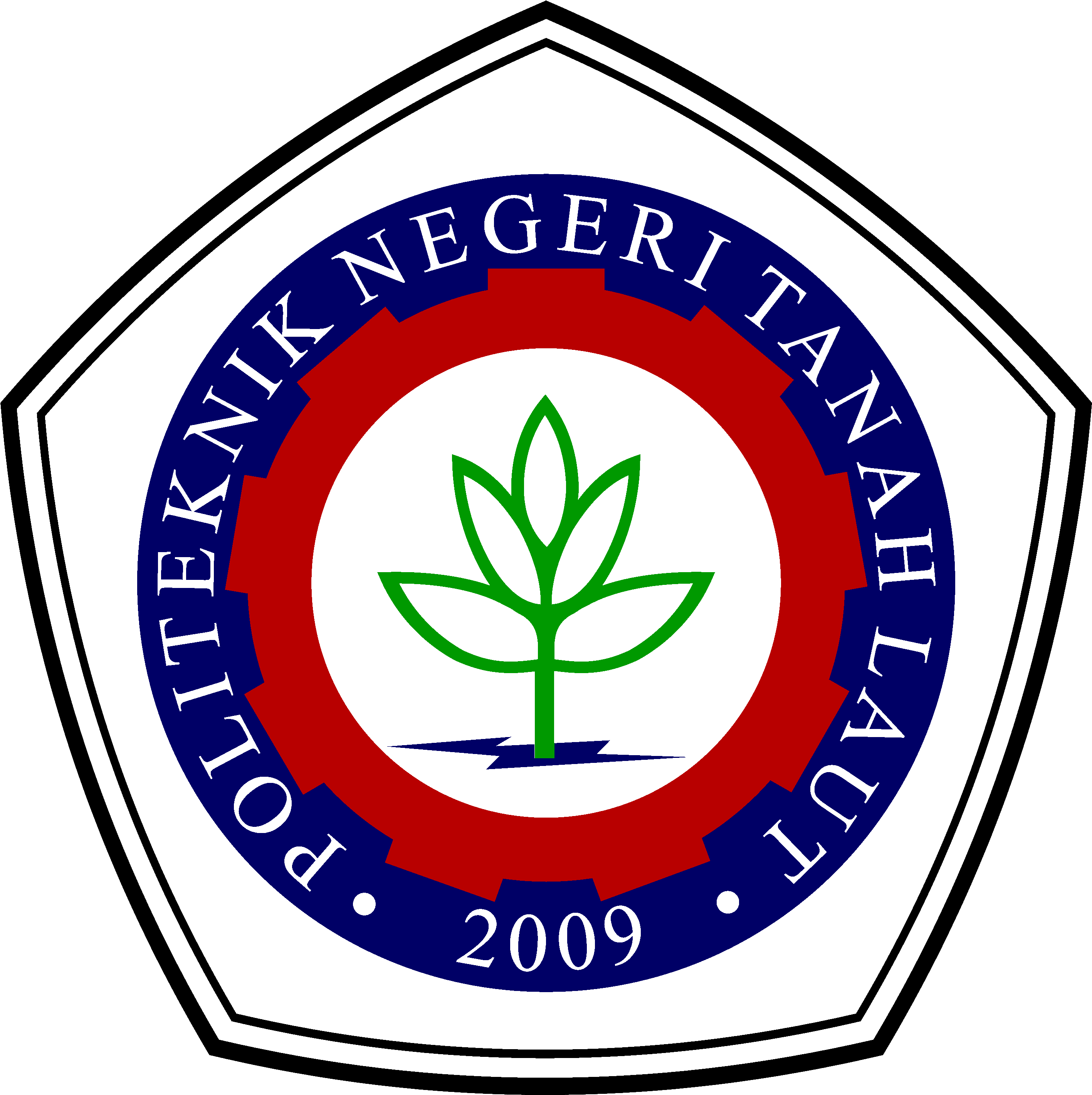THE EFFECT OF ADDING STP COOLER TO NON-COOLANT WATER ON ENGINE TEMPERATURE
DOI:
https://doi.org/10.34128/je.v11i1.271Keywords:
STP Cooler, putaran mesin, temperature mesinAbstract
In general, the engine when running must be in a stable condition. So it is necessary to keep the engine temperature cool during operation, this is very important so that performance is maintained and power is not sluggish. One way is to use a cooler, adding STP Cooler to non-coolant water will certainly reduce engine temperature. The purpose of this study was to determine the effect of using STP Cooler on engine temperature when using plain water and a mixture of plain water and STP Cooler. The method used in this study was to test at 3 variations of engine speed, namely 1000 rpm, 1500 rpm and 2000 rpm. The results obtained show that the average temperature of the engine when using plain water at 1000 rpm engine speed is 65 oC, at 1500 rpm engine speed the temperature is 70 oC, and at 1500 rpm engine speed the temperature is 78.3 oC, while the average temperature when using a mixture plain water with STP Cooler at 1000 rpm rotation the temperature is 70.6 oC, , at 1500 rpm rotation the temperature is 75.3 oC, and at 2000 rpm rotation the temperature is 81 oC, . From the test results it can be concluded that when using ordinary water the average temperature is still lower than when using a mixture of ordinary water and STP Cooler.
References
M. Kadarisman, A. Gunawan, and I. Ismiyati, “Kebijakan Manajemen Transportasi Darat Dan Dampaknya Terhadap Perekonomian Masyarakat Di Kota Depok,” J. Manaj. Transp. Logistik, vol. 3, no. 1, p. 41, 2016, doi: 10.54324/j.mtl.v3i1.140.
J. Junaidi, I. Gani, and A. Noor, “Analisis transportasi darat terhadap pertumbuhan ekonomi di provinsi kalimantan timur Analysis of land transportation on economic growth in the province of east kalimantan,” J. Ekon., vol. 17, no. 2, pp. 264–269, 2020.
T. Priangkoso, “Hubungan tingkat konsumsi bahan bakar kendaraan penumpang dengan perilaku berkendaraan,” Pros. Semin. Nas. Sains dan Teknol. 2010, vol. 4, no. November, pp. 67–70, 2010.
A. A. Pratama, N. Astriawati, P. S. Waluyo, and R. Wahyudiyana, “Optimalisasi Perawatan Sistem Pendingin Mesin Utama Di Kapal MV. Nusantara Pelangi 101,” Maj. Ilm. Bahari Jogja, vol. 20, no. 1, pp. 1–11, 2022, doi: 10.33489/mibj.v20i1.289.
K. Anwar, “Efek beban pendingin terhadap performa sistem mesin pendingin,” J. SMARTek, vol. 8, no. 3, pp. 203–214, 2010.
H. Maksum, T. Sugiarto, and N. L. H. Saragih, “Pengaruh Variasi Cairan Pendingin (Coolant) terhadap Efektivitas Radiator pada Engine Diesel,” Tek. Otomotif FT UNP, vol. 2, no. 2, pp. 1–6, 2017.
T. K. Jack and M. M. Ojapah, “Water-Cooled Petrol Engines: a Review of Considerations in Cooling Systems Calculations With Variable Coolant Density and Specific Heat,” Int. J. Adv. Eng. Technol., vol. 6, no. 2, pp. 2231–1963, 2013.
K. Y. Leong, R. Saidur, S. N. Kazi, and A. H. Mamun, “Performance investigation of an automotive car radiator operated with nanofluid-based coolants (nanofluid as a coolant in a radiator),” Appl. Therm. Eng., vol. 30, no. 17–18, pp. 2685–2692, 2010, doi: 10.1016/j.applthermaleng.2010.07.019.
S. M. Peyghambarzadeh, S. H. Hashemabadi, M. Naraki, and Y. Vermahmoudi, “Experimental study of overall heat transfer coefficient in the application of dilute nanofluids in the car radiator,” Appl. Therm. Eng., vol. 52, no. 1, pp. 8–16, 2013, doi: 10.1016/j.applthermaleng.2012.11.013.
A. Kumar, M. A. Hassan, and P. Chand, “Heat transport in nanofluid coolant car radiator with louvered fins,” Powder Technol., vol. 376, pp. 631–642, 2020, doi: 10.1016/j.powtec.2020.08.047.
A. Gholami, H. A. Mohammed, M. A. Wahid, and M. Khiadani, “Parametric design exploration of fin-and-oval tube compact heat exchangers performance with a new type of corrugated fin patterns,” Int. J. Therm. Sci., vol. 144, no. July 2018, pp. 173–190, 2019, doi: 10.1016/j.ijthermalsci.2019.05.022.
A. Suzuki and A. Soya, “Study on the fan noise reduction for automotive radiator cooling fans,” SAE Tech. Pap., no. April, 2005, doi: 10.4271/2005-01-0601.
S. Harahap, “Analisis Variasi Jumlah Sudu Dan Cairan Pendingin (Coolant) Pada Kinerja Mesin Terhadap Efisiensi Bahan Bakar Dan Pencegahan Terjadinya Overheating,” J. Ilm. Progr. Stud. Magister Tek. Mesin, vol. 8, no. 1, pp. 1–9, 2018.
N. Hidayat, M. Y. Setiawan, and A. Arif, “Studi Eksperimental Kemampuan Pelepasan Panas pada Radiator Straight Fin Jenis Flat Tube dengan Variasi Cooling Liquid,” INVOTEK J. Inov. Vokasional dan Teknol., vol. 20, no. 3, pp. 23–30, 2020, doi: 10.24036/invotek.v20i3.627.
K. Ridhuan and I. G. A. Juniawan, “Pengaruh Media Pendingin Air Pada Kondensor Terhadap Kemampuan Kerja Mesin Pendingin,” Turbo J. Progr. Stud. Tek. Mesin, vol. 3, no. 2, pp. 1–6, 2014, doi: 10.24127/trb.v3i2.11.
F. P. Incropera, “Convection heat transfer in electronic equipment cooling,” J. Heat Transfer, vol. 110, no. 4, pp. 1097–1112, 1988, doi: 10.1115/1.3250613.
D. Feriyanto, S. Alva, R. Vikaliana, and A. S. Kristanto, “Analisis Sistem Pendingin Menggunakan Thermostat Dan Tanpa Thermostat Dalam Pencapaian Panas Mesin Pada Alat Uji Prestasi,” J. Rekayasa Mesin, vol. 13, no. 3, pp. 637–646, 2022, doi: 10.21776/jrm.v13i3.757.
Downloads
Published
How to Cite
Issue
Section
License
Copyright (c) 2024 ELEMEN : JURNAL TEKNIK MESIN

This work is licensed under a Creative Commons Attribution 4.0 International License.




